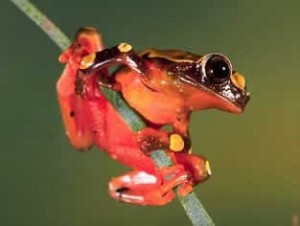A history of life and Darwin
A Brief History of Life on Earth
What did Darwin see in nature?
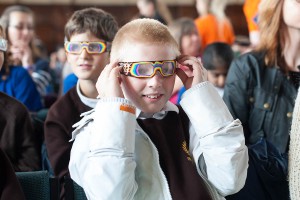 Charles Darwin didn’t need special glasses to see what was special in nature.
Charles Darwin didn’t need special glasses to see what was special in nature.
Even as a child he was fascinated by the plants and animals around him and spent a great deal of his time looking at creatures and thinking about how they came to exist and why they looked and behaved the way they did.
Darwin’s notebook
Darwin’s experiments were very simple. He didn’t depend on masses of equipment. Mostly he just got out there, into the countryside and he also grew plants in his greenhouse.

He spent a lot of time looking at plants and animals and made notes about what he saw. He wrote about earthworms and beetles … but he got to have fun with more exotic creatures too …
Tortoise time …
As a young man in his twenties, Darwin visited many different countries where he came across exotic and unusual animals. On the Galapagos Islands he met up with giant tortoises. He noticed that several of the islands had their own separate species of tortoise (as well as finches, thrushes and plants). Some tortoise species were bigger than others, and some had special patterns or shapes to the shells. He even had a go at riding one or two!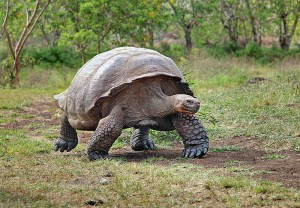 This is what he wrote in his diary about that … “I frequently got on their backs, and then giving a few raps on the hinder (back) part of their shells, they would rise up and walk away, but I found it very difficult to keep my balance.”
This is what he wrote in his diary about that … “I frequently got on their backs, and then giving a few raps on the hinder (back) part of their shells, they would rise up and walk away, but I found it very difficult to keep my balance.”
Getting in the way of penguins …
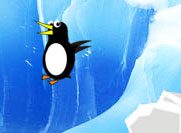 While visiting the Falkland Islands, Darwin tried an experiment with a penguin. He simply stood between the penguin and the sea to see what the bird would do. The penguin was not a bit bothered about Darwin and rolled its head from side to side before waddling straight at him and pushing him to the side.
While visiting the Falkland Islands, Darwin tried an experiment with a penguin. He simply stood between the penguin and the sea to see what the bird would do. The penguin was not a bit bothered about Darwin and rolled its head from side to side before waddling straight at him and pushing him to the side. 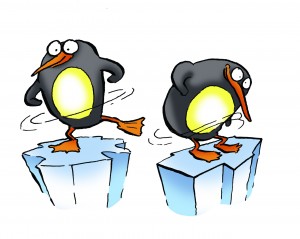 Darwin commented that … “This bird is commonly called the jackass penguin, from its habit of throwing its head backwards and making a loud strange noise, very like the braying of an ass.”
Darwin commented that … “This bird is commonly called the jackass penguin, from its habit of throwing its head backwards and making a loud strange noise, very like the braying of an ass.”
Why did Darwin become such a famous scientist?
Spotting the small differences between the tortoises and between other animal species, left Darwin wanting to know WHY they were different.
Darwin worked out that when living things reproduce, their offspring (that’s their babies) show differences (or variation). Perhaps one variation if you’re a tortoise might be having a shell shaped to give you more protection from predators! If you can protect yourself better, you can survive from certain dangers – and if that means you get to survive and have baby tortoises of your own (which also have better shells), then YOUR tortoise generations are gradually going to become better adapted to living where they are (their environment). After a VERY, VERY long time, these small differences can result in a new and separate species. This process is called Darwin’s theory of natural selection. Darwin chose the words ‘natural selection’ because when farmers and race-horse breeders select particular animals for breeding, it is called ‘artificial selection’ – so Darwin decided that this natural process of selection should be called ‘natural selection’.
Evolution – Darwin’s greatest idea
 Darwin also worked out that evolution is what is happening while natural selection is going on. Over hundreds of thousands or even millions of years, animals and plants (through natural selection) can change, or evolve, into completely different looking organisms.
Darwin also worked out that evolution is what is happening while natural selection is going on. Over hundreds of thousands or even millions of years, animals and plants (through natural selection) can change, or evolve, into completely different looking organisms. 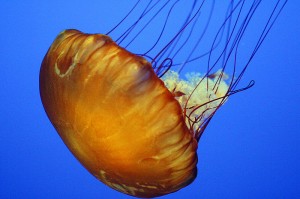 Darwin concluded that ALL the amazingly different types of living things we see on Earth, have come from simpler creatures from long ago. The time periods needed for evolution are ENORMOUS though – so don’t expect to see animals changing in front of you!
Darwin concluded that ALL the amazingly different types of living things we see on Earth, have come from simpler creatures from long ago. The time periods needed for evolution are ENORMOUS though – so don’t expect to see animals changing in front of you!
Evolution and Creation
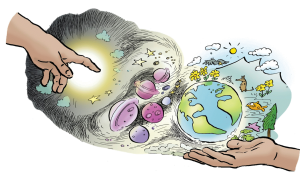 Not everyone was happy to accept Darwin’s scientific ideas about evolution. Some people felt there was not yet enough evidence to support this version of the history of life. Some religious believers didn’t like evolution because they saw it as a challenge to religious explanations for our existence. They thought creation and evolution were both trying to explain the same thing and people would have to choose between creation by God or the science of evolution.
Not everyone was happy to accept Darwin’s scientific ideas about evolution. Some people felt there was not yet enough evidence to support this version of the history of life. Some religious believers didn’t like evolution because they saw it as a challenge to religious explanations for our existence. They thought creation and evolution were both trying to explain the same thing and people would have to choose between creation by God or the science of evolution.
Nowadays though, evolution is accepted by most religions, who say that it is a wonderful process – a process that has itself been created by God.
Many people – including many scientists – say that ‘Creation’ and evolution’ are not rivals. They believe they are the answers to slightly different questions. ‘Creation’ explains why things exist – and is the idea that God brings everything into being. ‘Evolution’ explains how it was done.
